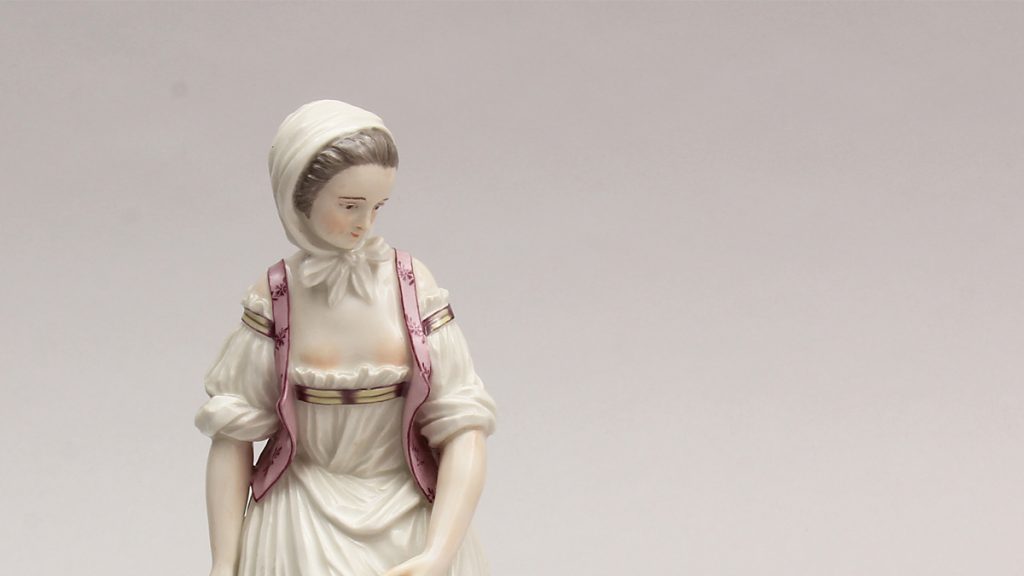As the secret of porcelain spread throughout Europe, two porcelain manufactories were established in Switzerland. These independent enterprises were short-lived, being constantly challenged by the lack of aristocratic patronage, the low demand for luxury goods in a protestant society, and the high cost of production.
The first factory was established in Kilchberg-Schooren near Zurich in 1763 by a group of ambitious citizens who united to invest in the local industry and to promote large-scale artistic enterprise. The factory produced faïence and soft-paste porcelain before introducing hard-paste porcelain in 1765. The company dissolved in 1791. In 1781, two porcelain painters founded a second factory in the small town of Nyon near Geneva with a similar goal in mind; limiting foreign imports by producing high quality tableware that would respond to the local taste. The factory was active for 30 years and, as in Zurich, produced less expensive types of faïence in order to remain profitable.
Both factories sought to respond to the restrained tastes of their protestant clientele through simple forms and sober styles of decoration. The small group of pieces in the Gardiner Museum’s collection were once part of the Hans Syz collection.
1. Gardener with Watering Can (detail), Switzerland, Zurich, c.1770, The Hans Syz Collection, G96.5.421
2. Gardener with Watering Can (detail), Switzerland, Zurich, c.1770, The Hans Syz Collection, G96.5.421
3. Wall Vase (detail), Austria, Du Paquier, c.1730, Gift of George and Helen Gardiner, G83.1.1220
4. Sunflower Dish (detail), England, London, c.1755, Gift of George and Helen Gardiner, G83.1.1108.1-2
5. Ewer and Basin (detail), France, Sèvres, c.1758, Gift of George and Helen Gardiner, G84.1.2
6. The Monkey Orchestra (detail), Germany, Dresden, Meissen, c.1753-1775, Gift of George and Helen Gardiner, G83.1.675.1-.18
7. Sugar Box with Armorial (detail), Italy, Doccia, c.1745-1750, Gift of George and Helen Gardiner, G83.1.1105
8. Chocolate Pot (detail), Denmark, Copenhagen, c.1775, Gift of George and Helen Gardiner, G83.1.1104
9. Scowling Harlequin (detail), Germany, Meissen, c.1738-40, Gift of George and Helen Gardiner, G83.1.907
10. Teapot (detail), Germany, Meissen, c.1730, decorated at Lauche, Gift of George and Helen Gardiner, G83.1.764
11. Exotic Bird (detail), England, London, St. Jame's Factory, c.1751-1754, Gift of George and Helen Gardiner, G83.1.1005

